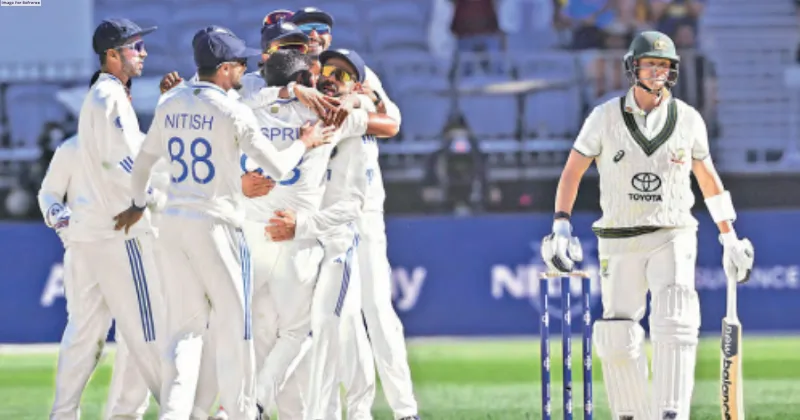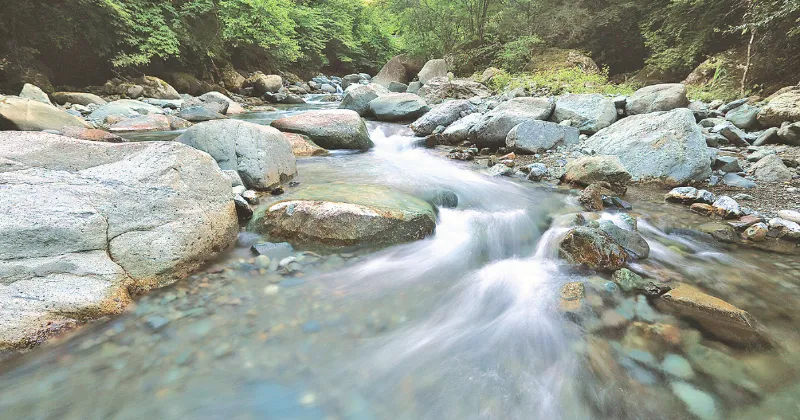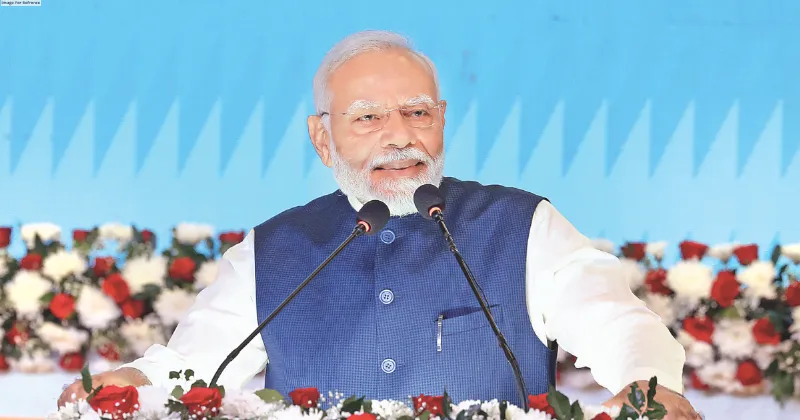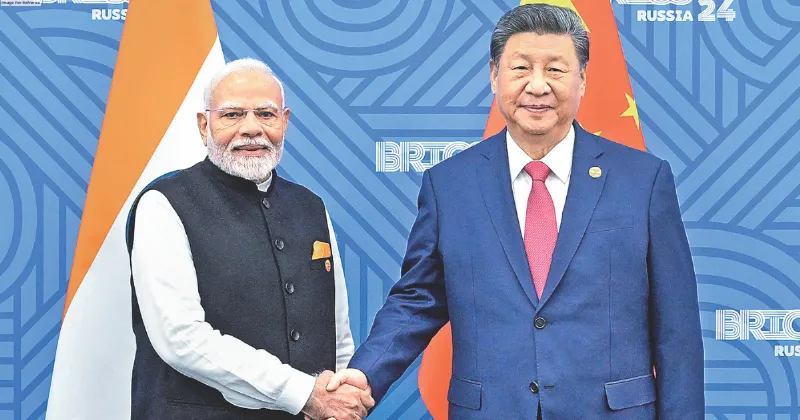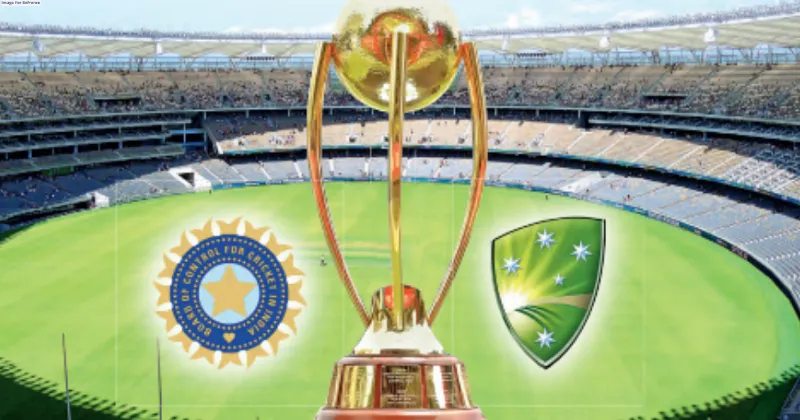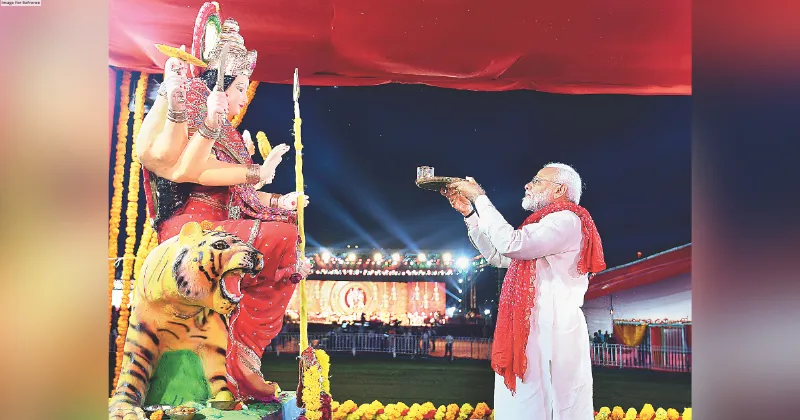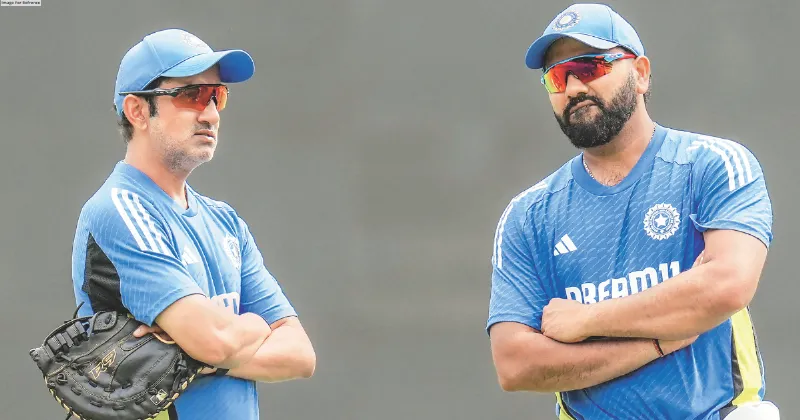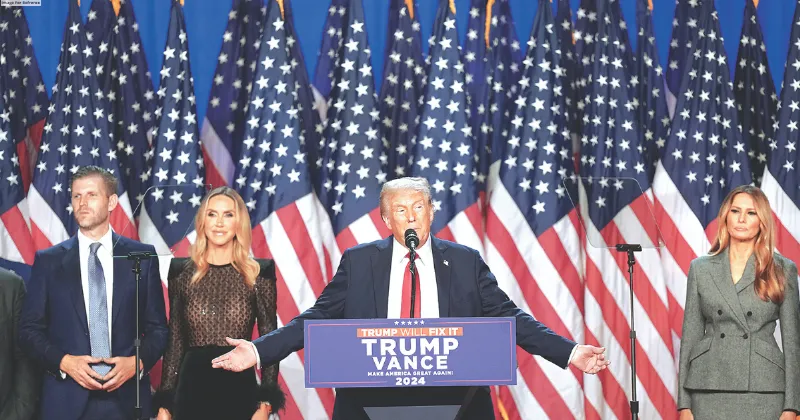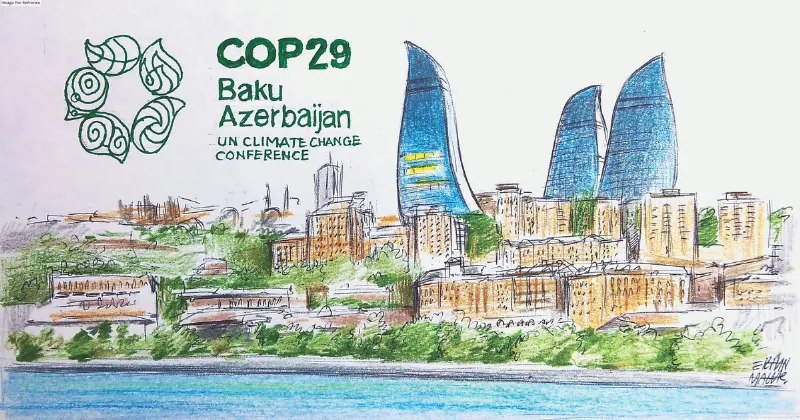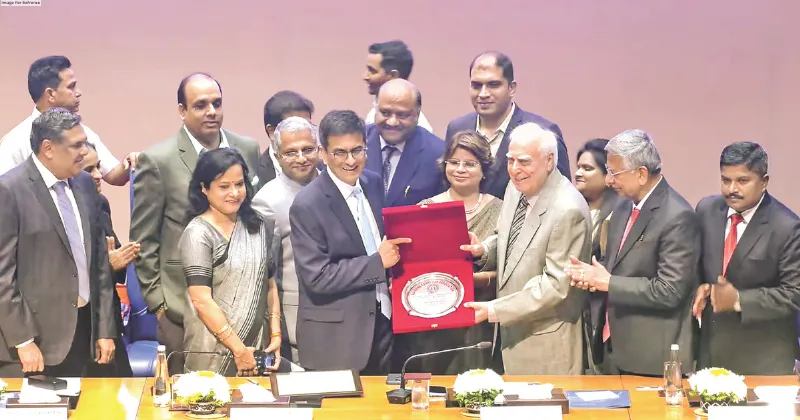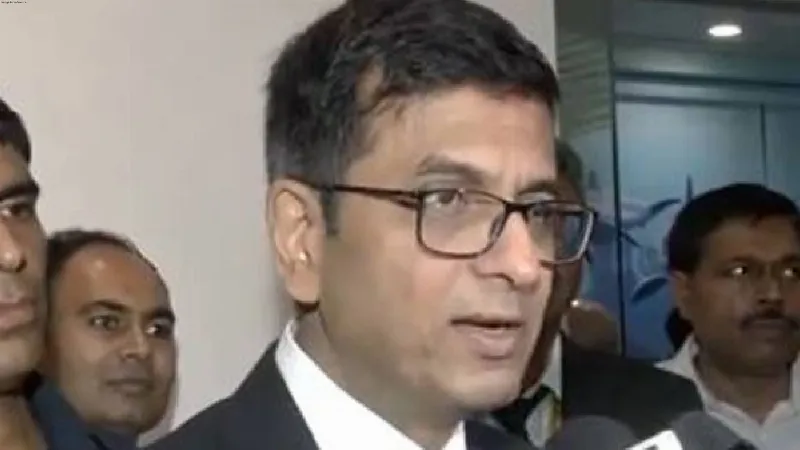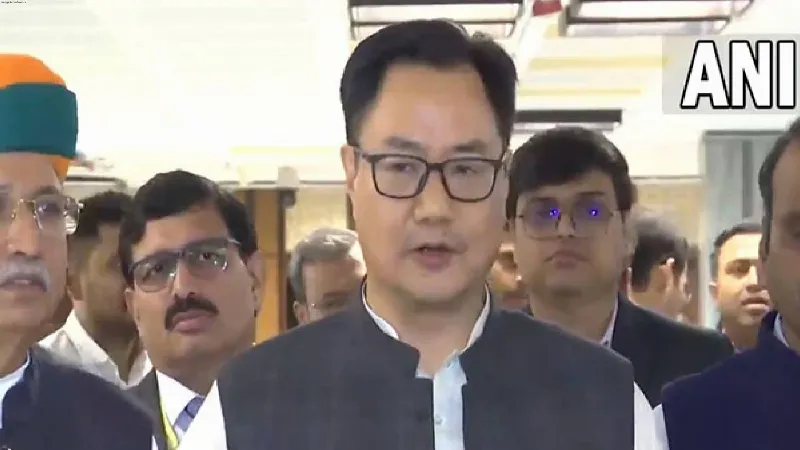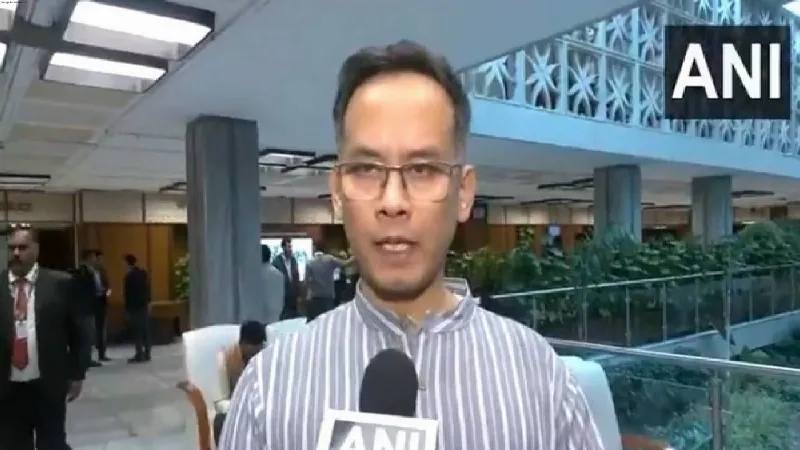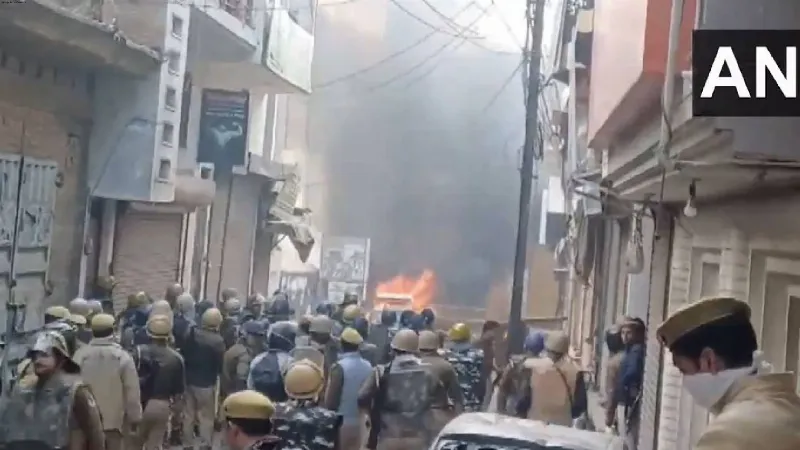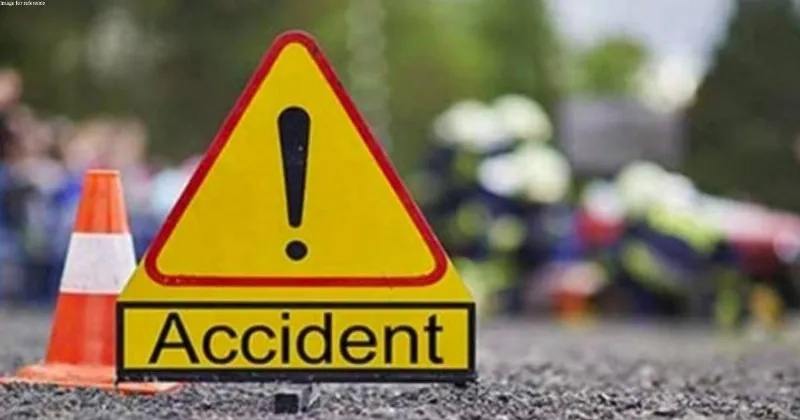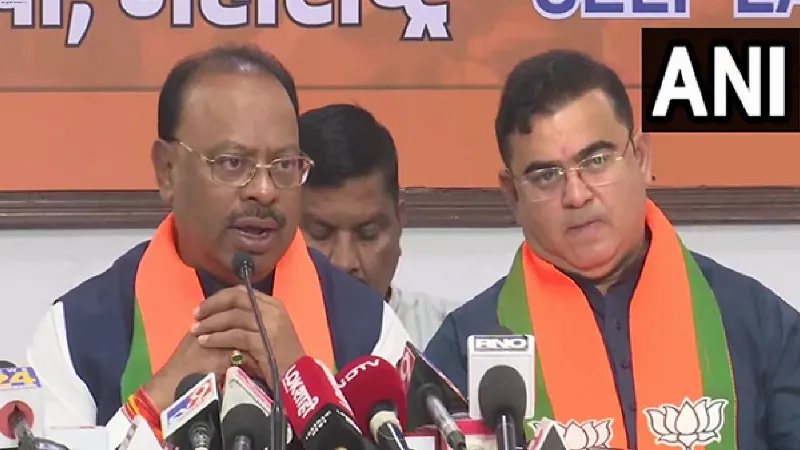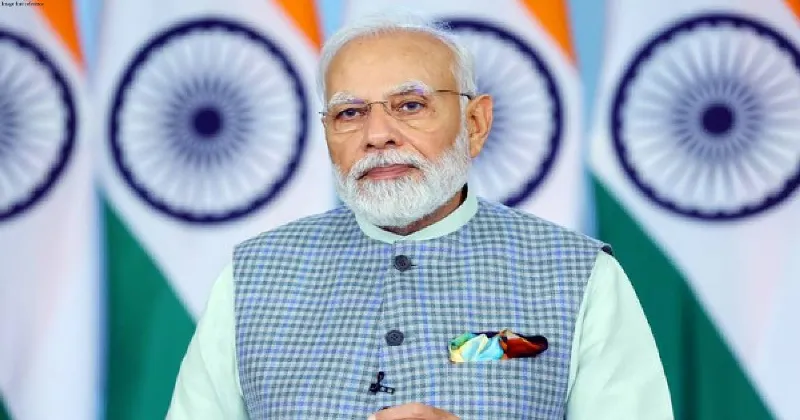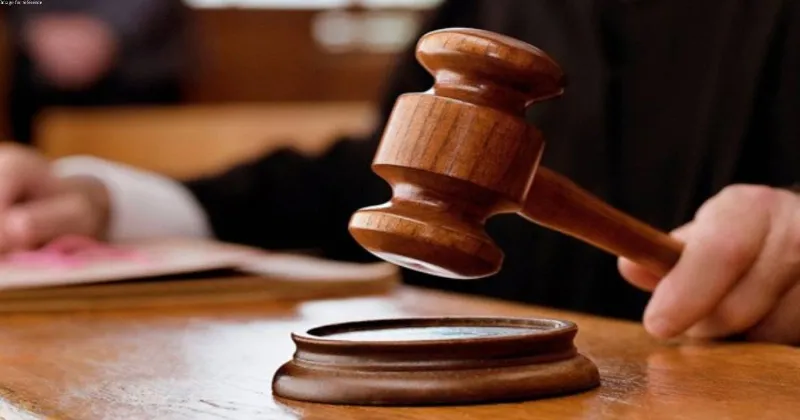Latest News
DECODING ARTICLE 370: A HISTORICAL RETROSPECT

The Apex Court is currently hearing petitions disputing the amendment of Article 370 of the Constitution, related with the abrogation of special status of Jammu & Kashmir. The core question is whether Article 370 could be hollowed or diluted by a notification and whether erstwhile state of Jammu & Kashmir could be stripped of its distinctive position amongst all the federating states of the Indian Union. In order to appreciate the circumstances and comprehend the issue let us traverse through its past till present times.
Despite nature’s bounty (Amir Khusro described Jammu & Kashmir as a paradise on earth), it is a travesty of this heavenly place to have witnessed invasion and usurpation of its territories by the neighbours and unfortunate status as a terror-scarred state. It would be a task far beyond the scope of the present treatise were I to attempt detailed critical account of the history of Kashmir such as it presents itself from all the extant sources, including Rig Ved, Vishnu Puran, Nilmata Puran also known as Kashmir Mahatmya, and Kalhana’s Rajatarangini (translated in English by Marc Aurel Stein). Ever since time immemorial Kashmir has always been – geographically, historically and culturally - an integral part of Bharatvarsh/ India. Briefly stated, these historical accounts cover the entire span of history of Kashmir region from the earliest times detailing that the region was governed by various Hindu empires/dynasties, followed by Shah Mir and Chak Rajput dynasties. The eventual ascension of Sikh ruler, Ranjit Singh and later the British involvement reshaped the fate of Jammu & Kashmir. The pivotal moment arrived in 1846 when the British sold Kashmir to Gulab Singh, Dogra Raja of Jammu. The state’s accession to the Indian Union in 1947, under Maharaja Hari Singh, a descendant of Gulab Singh, further solidified its place within the Indian Union.
It is germane to mention that, prior to accession of princely states to Indian Union, Section 5 of the Government of India Act, 1935 proclaimed India to be a federation, comprising provinces and princely states. However, none of the princely states acceded to Indian Union then, despite Section 6 of GoI Act, requiring the rulers thereof to execute Instruments of Accession. Further, the Indian Independence Act, 1947, was enacted by the British Parliament to setup Dominions of India and Pakistan. Importantly, Section 2(1) thereof provided that the territories of India shall be the territories under the sovereignty of His Majesty which were included in British India, except the territories which, were to be the territories of Pakistan. Its Section 2(4) further laid down that princely states shall be free to accede to either of the new Dominions.
Amidst this milieu, the Constituent Assembly debated Article 306A (to be Article 370 later) on 17th October, 1949. Remarkably, Dr BR Ambedkar did not participate in this debate. Under these circumstances, Shri N. Gopalaswami Ayyangar, who was a Minister without any portfolio in the first Union Cabinet and a former Diwan of Jammu & Kashmir drafted Article 306A.
Shri Ayyangar, while initiating the debate, said “Sir, this matter … relates to the Jammu and Kashmir State. The House is fully aware of the fact that State has acceded to the Dominion of India… . The meaning of this accession is that at present that State is a unit of a federal State namely, the Dominion of India. This Dominion is getting transformed….The Jammu and Kashmir State, therefore, has to become a unit of the new Republic of India. As the House is also aware, Instruments of Accession will be a thing of the past in the new Constitution. The States have been integrated with the Federal Republic … for the purpose of becoming units of the Republic and, in the case of practically all States, other than the State of Jammu and Kashmir, their constitutions also have been embodied in the Constitution for the whole of India.”
Upon being questioned by Maulana Hasrat Mohani as to why this discriminatory provision is being made Shri N. Gopalaswami Ayyangar replied that “the discrimination is due to the special conditions of Kashmir. That particular State is not yet ripe for this kind of integration. It is the hope of everybody here that in due course even Jammu and Kashmir will become ripe for the same sort of integration as has taken place in the case of other States. Kashmir’s conditions are special and require special treatment. I shall briefly indicate what the special conditions are. In the first place, there has been a war going on within the limits of Jammu and Kashmir State. There was a cease-fire agreed to at the beginning of this year and that ceasefire is still on. But the conditions in the State are still unusual and abnormal. Part of the State is still in the hands of rebels and enemies… . Now, if you remember the viewpoints that I have mentioned, it is an inevitable conclusion that, at the present moment, we could establish only an interim system. Article 306A is an attempt to establish such a system.”
Shri Ayyangar further elaborated that “when the Constituent Assembly of the State has met and taken its decision on the range of federal jurisdiction over the State, the President may on the recommendation of that Constituent Assembly issue an order that this article 306A shall either cease to be operative… . It will make a recommendation to the President who will either abrogate article 306A or direct that it shall apply with such modifications and exceptions… .”
The motion was adopted and Article 306A was added to the Constitution. Later, it became Article 370, which finds mention in Chapter XXI titled “Temporary, Transitional and Special Provisions”. Even the heading of Article 370 christens it as “temporary provisions with respect to the State of Jammu & Kashmir.” TO BE CONCLUDED…
THE VIEWS EXPRESSED BY THE AUTHOR ARE PERSONAL
Shrawan Sawhney The writer is a retired IAS officer

